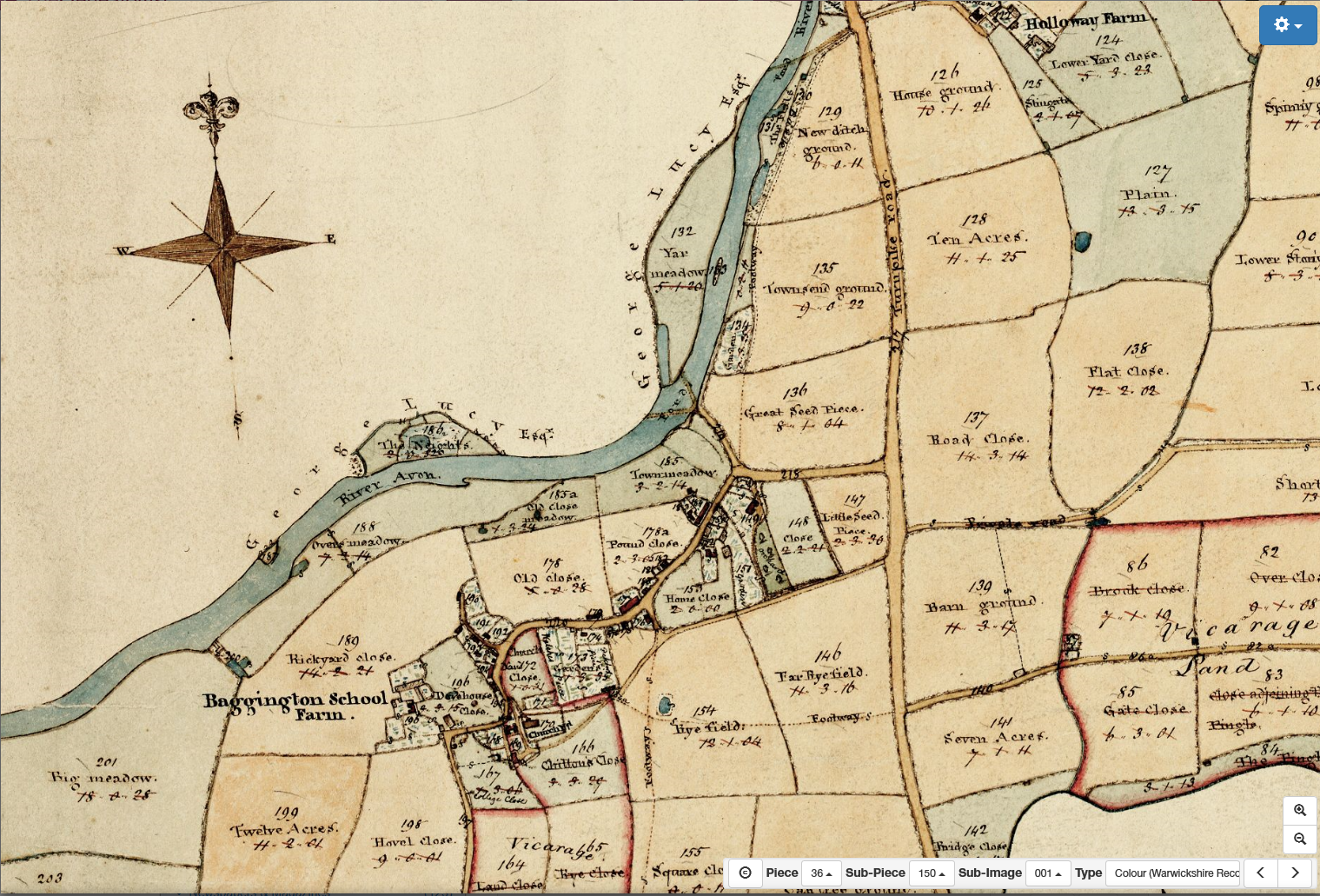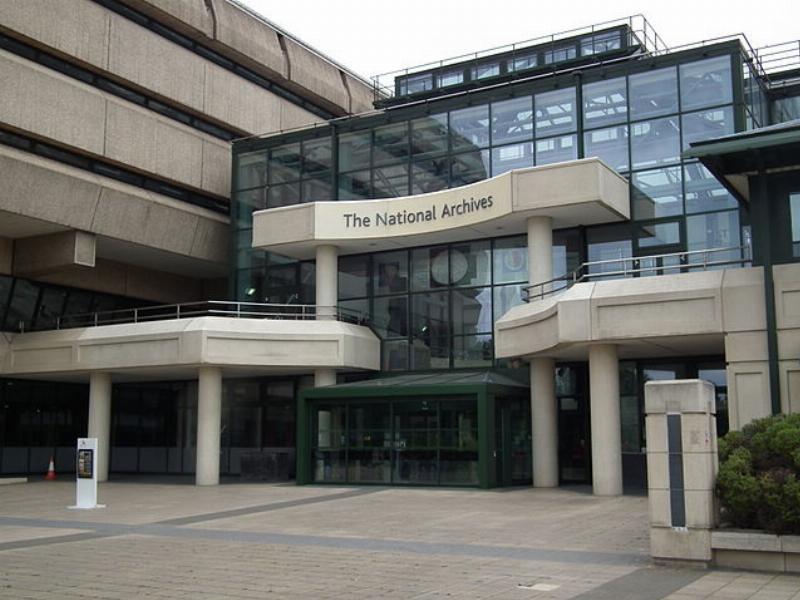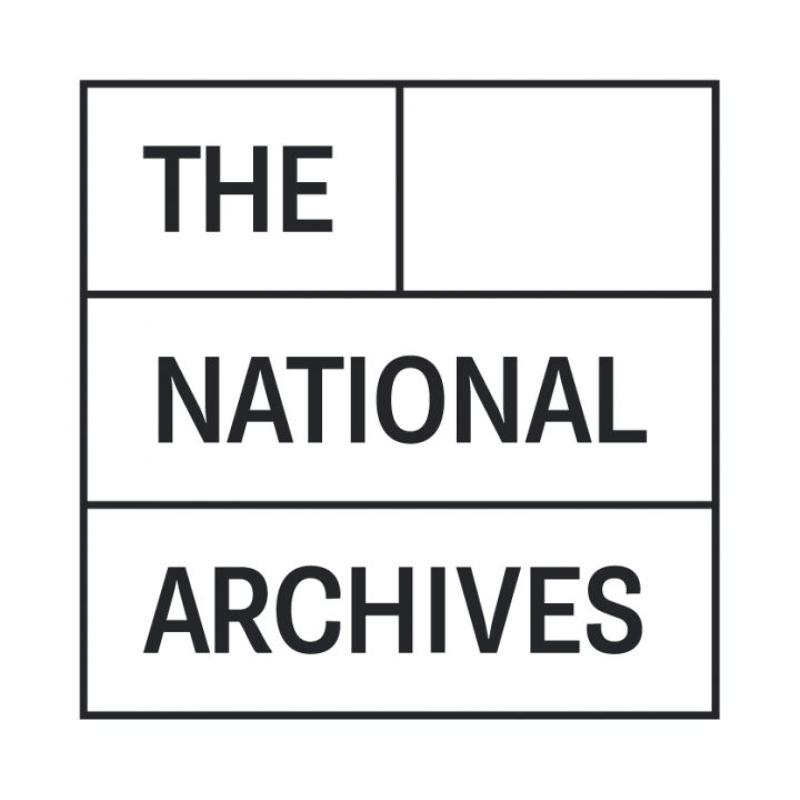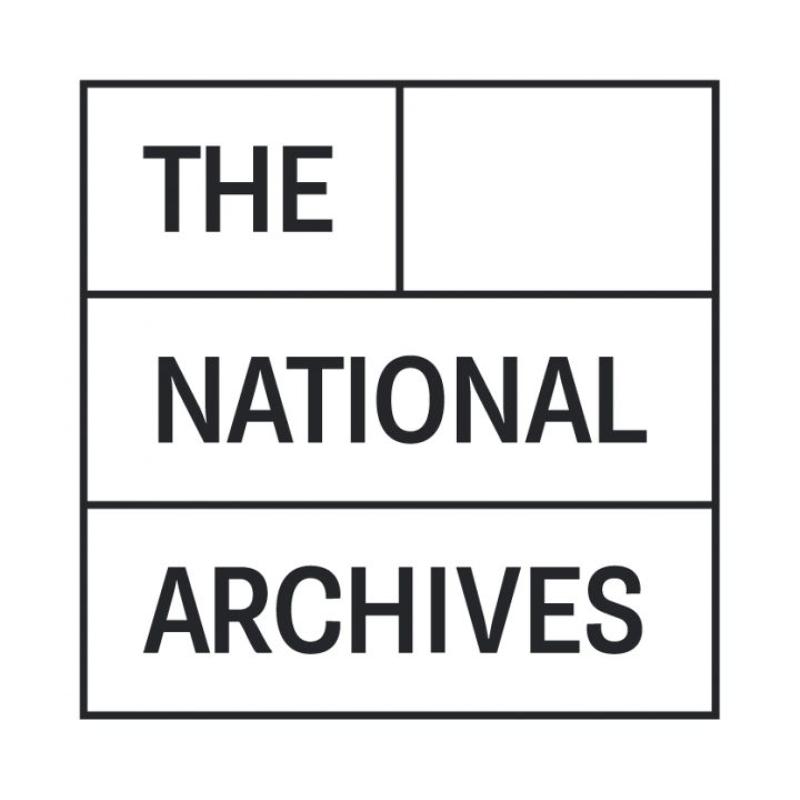TheGenealogist has just released additional sets of Colour Tithe Maps to join the previously available greyscale maps in their National Tithe Records collection. This release for Warwickshire is of high-resolution colour digitised maps which will provide the family historian with highly detailed maps sourced from both The National Archives as well as the Warwick County Record Office.
Researchers searching for owners or occupiers of Warwickshire land surveyed in the 19th century for the Tithe Commutation Act 1836 now have a choice of plans linked to the fully searchable apportionment schedules. Subscribers to TheGenealogist’s Diamond membership can select to view The National Archives’ grayscale maps, The National Archives’ colour map, or the Warwickshire Record Office colour maps when using the Tithe & Landowner records for this county. The Warwickshire Record Office maps are, in many cases, less faded and more vibrant in their colours having had less wear and tear than the alternatives.

Colour Tithe Map of Wasperton, Warwickshire
The new data includes colour tithe maps showing plots of land covering the years from 1837 to 1855 with some much later plans where there was an altered apportionment recorded.
These tagged colour maps join the previously released apportionment record books, national greyscale maps and colour maps for Rutland, Huntingdonshire, Buckinghamshire, City of York, Middlesex, Northumberland, Surrey, Westmorland, and the North and East Ridings of Yorkshire.
The National Tithe Records collection gives the family history researcher the ability to search by name and keyword (for example parish or county) to look for all levels of society from large estate owners to occupiers of tiny plots such as a cottage or a cowshed.
Read the article, Warwickshire Colour Tithe Records discovers the house that went to America, at:
https://www.thegenealogist.co.uk/featuredarticles/2019/warwickshire-colour-tithe-records-discovers-the-house-that-went-to-america-1198/
About TheGenealogist
TheGenealogist is an award-winning online family history website, who put a wealth of information at the fingertips of family historians. Their approach is to bring hard to use physical records to life online with easy to use interfaces such as their Tithe and newly released Lloyd George Domesday collections.
TheGenealogist’s innovative SmartSearch technology links records together to help you find your ancestors more easily. TheGenealogist is one of the leading providers of online family history records. Along with the standard Birth, Marriage, Death and Census records, they also have significant collections of Parish and Nonconformist records, PCC Will Records, Irish Records, Military records, Occupations, Newspaper record collections amongst many others.
TheGenealogist uses the latest technology to help you bring your family history to life. Use TheGenealogist to find your ancestors today!
About The National Archives
The National Archives is one of the world’s most valuable resources for research and an independent research organisation in its own right. As the official archive and publisher for the UK government, and England and Wales they are the guardians of some of the UK's most iconic national documents, dating back over 1,000 years. Their role is to collect and secure the future of the government record, both digital and physical, to preserve it for generations to come, and to make it as accessible and available as possible. The National Archives brings together the skills and specialisms needed to conserve some of the oldest historic documents as well as leading digital archive practices to manage and preserve government information past, present and future.
http://www.nationalarchives.gov.uk/ http://www.legislation.gov.uk/
For the latest stories, follow the Media Team on Twitter @TNAmediaofficer




